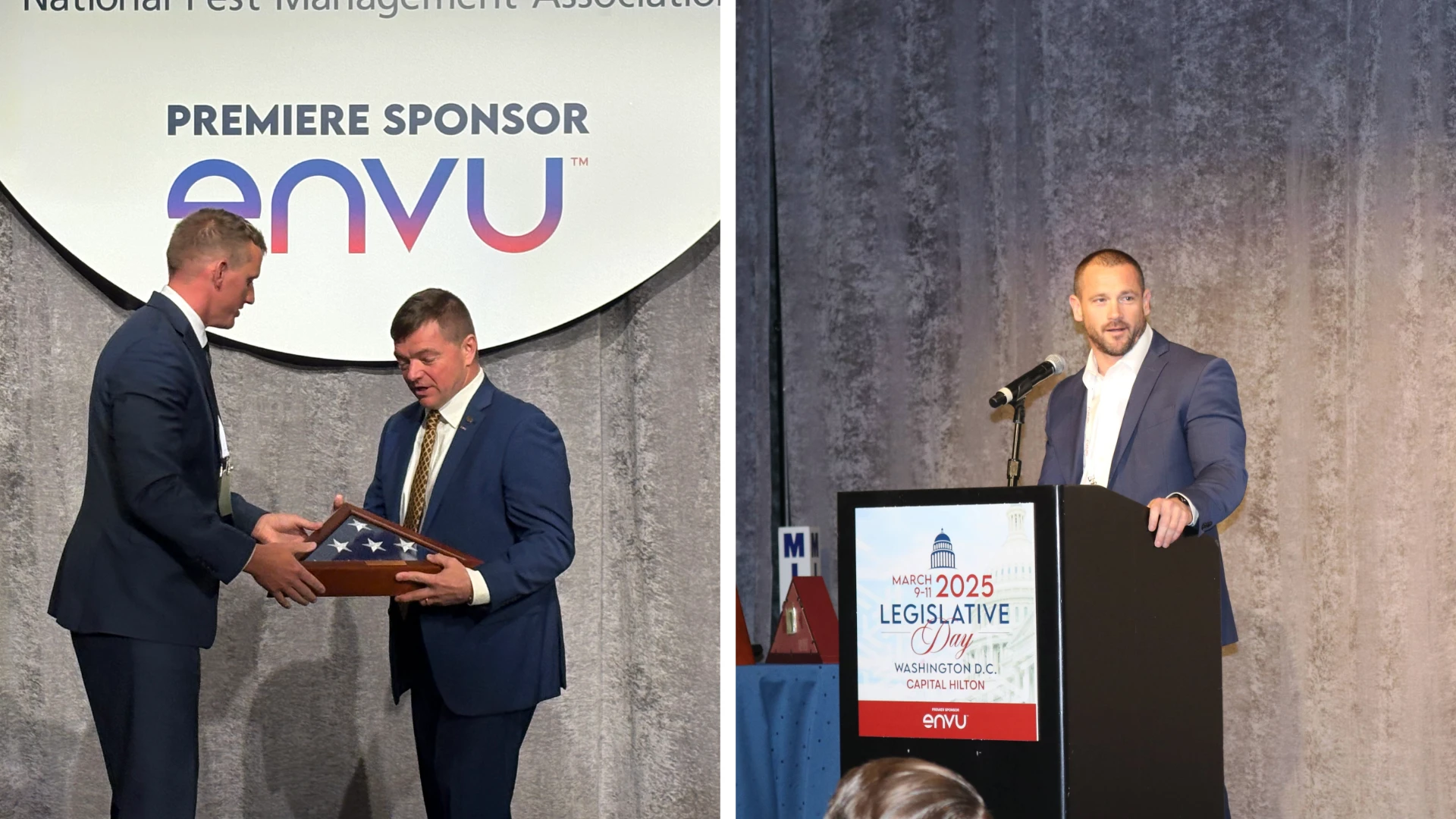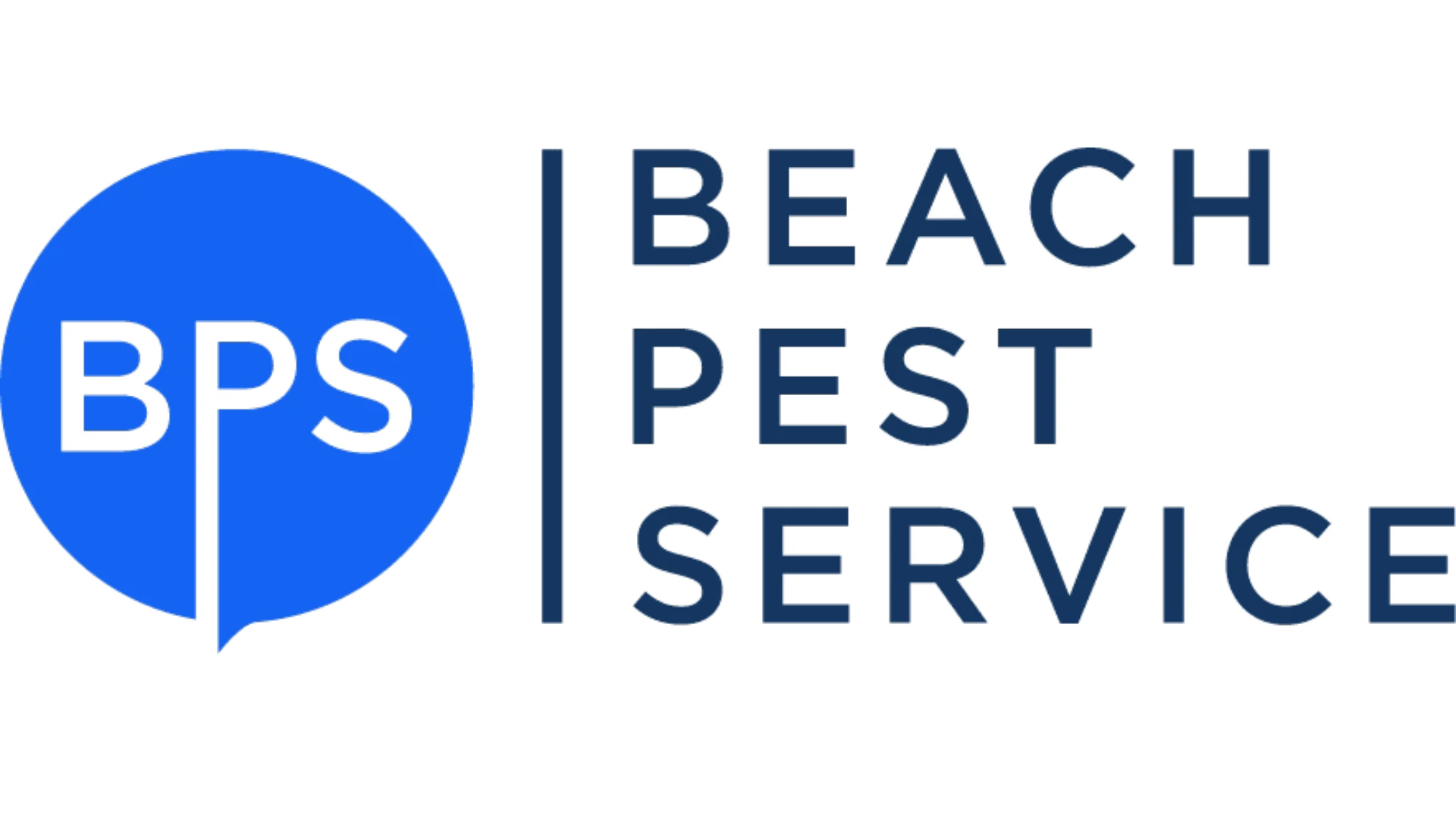Small flies providing to be a profitable growth opportunity for PCOs. Here's how to establish and market a flying insect control program.
How common is it for your company to sell a new general pest control account and then offer a wood-destroying insect inspection? Or, have you received a termite inspection request and then tried to sell your company’s general pest control service? You may call this type of solicitation for potential new business cross marketing, maximizing your customer revenue potential or simply meeting the pest management needs of your customer. One area that is often overlooked when attempting to maximize potential revenue opportunities with pest control accounts is through flying insect control service programming.
In order to offer an effective service program for flying insect control, you must have a staff that is properly trained in flying insect management. You must also determine the types of service programs that your company will offer and then have the proper equipment and tools available to deliver these programs. From there, sales of flying insect management programming can be generated from both your existing customer base as well as from new potential customers because the small fly market is proving to be a profitable growth opportunity.
The Basics. In order to be able to offer flying insect control programming, your staff must develop an excellent working knowledge of potential flying insect concerns that may affect the commercial customers in your area. They must also be able to accurately assess the needs of your existing and potential customers so that appropriate programming can be established. A commercial warehouse may be bothered with night-flying insects on its third shift, whereas a medical facility or food-handling establishment may have a potential contamination concern from flies. If your company only sells light traps to your customers then you may not have fully maximized the potential revenue opportunities and may not completely meet the needs of your customers.
As with the establishment of any management program, the key to flying insect programming starts with a thorough inspection; a customer interview that allows you to understand his or her needs; identifying potential pest concerns, breeding sources and entry points; and determining control strategies. Proper interpretation and use of this information should lead to the establishment of an integrated approach that will maximize the potential for a successful control program.
Reporting. As a part of any flying insect management program, a large degree of service should involve inspection. A technician should be maintaining equipment, providing any needed insecticide application and continually assessing conditions present at the facility that are conducive for the occurrence of flying insects. All of these services should be effectively documented to provide useful information to the customer.
You should consider establishing a flying insect control report that can be used to record flying insect activity and all of the associated services that have been rendered. Devices such as insect light traps should be numbered just as we commonly do in our industry for rodent control devices in large commercial accounts. All observations, ranging from the condition of the UV light trap bulbs to the pest activity levels, should be noted. In certain situations, simply establishing a standard way of reporting flying insect captures such as "none, light, moderate and heavy" may be sufficient. In more sensitive accounts, you may need to establish an action threshold level where a certain number of captures or the capture of a specific fly species triggers an intensified programming reaction.
Sales and Billing. There are several billing alternatives for flying insect control programming that should be considered. Will your company lease or sell equipment, such as light traps, to your customers? Will this programming be on a seasonal or year-round basis? Will there be certain exceptions that will be permitted? How will commission be paid to your employees and at what rates?
Another point that you may want to consider is your billing cycle and how flying insect programs are incorporated into the billing process. Most of the larger commercial accounts that you deal with have annual budgets and must plan ahead to project their costs for the coming year. If flying insect control is a fixed cost vs. a varying seasonal cost, it can make budgeting for needed services easier for those customers. In many parts of the country there will be a wide variance of service intensity that may be required during the summer months vs. the winter. Even though this may be true, a set monthly service rate can be established when you simply add the total annual cost that you project and then divide that amount by twelve to equal your "fixed rate" for flying the insect control programming.
On the other hand, you may wish to establish a "fixed-base service rate" with certain components of the program available on an "as needed basis" for a cost-per-service basis. This may apply in situations where an exterior surface treatment service is not anticipated but may be required. Very few businesses like to be "nickel and dimed" to death with numerous small charges that may occur from glueboard or light bulb replacements. Keeping these points in mind may significantly impact the sales closure rates for these programs.
Case Study Example. Let’s say a call comes into the office from one of your long-term accounts, "The Sanitary Bakery," requesting your assistance in establishing a complete flying insect control program. You currently have a "food-grade" pest management program in place at this facility. Your technician is out on site on a twice-per-month basis. He provides monthly exterior perimeter inspection and maintenance of rodent bait stations, twice-per-month interior inspection and maintenance of rodent trapping devices and monthly interior and exterior crawling insect inspections and control. In addition, he performs three seasonal exterior perimeter insecticide treatments. You also maintain an "on-call" status in the event that a pest concern should arise between scheduled services. Apparently, a series of recent health inspections have found a recurring concern with flies. The management must now take immediate action or face the possibility of being fined, closed or receiving negative media coverage.
Your company is on site that day to inspect and determine the flying insect control needs of this account. You meet with the bakery owner and he says that he wants you to establish a food-grade flying insect control program and is willing to work with you to get this put into place as soon as possible.
The bakery has a set of front offices, a walk-in retail area, an employees’ entrance, locker rooms and break room, 30,000 square feet of baking/production area, 50,000 square feet of warehousing (which includes both raw product and packaging storage), as well as a short-term warehouse for finished goods. There is also an adjacent covered dock used for loading delivery trucks and a separate dock for receiving incoming shipments and access to the dumpster. There are numerous "fire exits" that are often used by employees entering and exiting the building. There are two large openings from the warehouse leading into the production area. One is used for raw product flow into production and the other is used for finished goods transportation to warehousing. General interior sanitation is good. Returned goods are stored in barrels on the loading dock for a local farmer that uses them for animal feed.
There are three standard dumpsters that are immediately off to one side of the receiving dock that are in fair condition. The bakery is located one block off of the main restaurant "strip" in town where there is a high number of fly breeding sources.
Due to the nature of the business, you know that flies are attracted to the bakery area from the exterior. Inside the facility you find three old insect light traps. One is located in the warehouse next to the receiving dock and has numerous dead houseflies and various other "night fliers." The second unit is located by the shipping dock and has fewer insects but contains mainly flies. The third unit is located in the employee break room and contains a few flies. You check the light trap ultraviolet bulb output with your UV light intensity meter and find that all of the units have extremely low output. With this information, you should be able to establish conclusions necessary to develop a sound flying insect management program.
Sanitation. Even though the general sanitation of the facility appears acceptable, the dumpster condition is fair. There may be a need for an intensified cleaning schedule of the dumpster or actual replacement if units are not closing properly and keeping out water. You should also have your client consider relocating the dumpsters away from the dock areas. You need to keep in mind that even though there are high levels of flies reproducing in areas off of the property, it is critically important to minimize the potential breeding sources of fly populations on the property.
The situation of returned products being held for pick-up should be modified. These products could possibly be stored in sealed containers and a more frequent pick-up schedule implemented. If this is not possible then these products may need to be regularly disposed of through other means.
Exclusion. Since there is a high exterior fly pressure in the area, exclusion of flies from the exterior should be given a high priority. One of the first steps in achieving this will be to limit the access points into the facility. All of the fire exits should be secured with alarm-type crash bars and used only as true emergency exits. Consideration should also be given to the need for installation of an air door with an automatic on/off switch by the employee entrance, as well as any other entrances.
At the main entrance — where the retail outlet is located — it is doubtful that an air curtain would be acceptable. A vestibule-type entrance with two sets of doors would be ideal, but may not be justified. At both dock openings, either air doors or plastic-strip curtains should be installed to lessen the likelihood of flying insect entry through these two major points. Ideally, on the two interior openings leading from the warehousing area into production, there should be some type of physical barrier in place, consisting of rapid closure doors, air curtains or plastic stripping.
Light Management. Even though night flying insects were not the original cause for the call, due to a fairly high number of "night fliers" captured in the light trap next to the receiving dock door, the exterior lighting should be evaluated. You may determine that there is a need to move light sources away from the building or use less attractive lighting, such as sodium vapor lighting, immediately adjacent to the building.
Trapping/Monitoring. Careful evaluation should be made of the existing light trap units to see if they are of acceptable design and operating sufficiently following bulb replacement to be used in the future. Light trap numbers, style and placement location should be directed towards establishing "lines of defense" that will provide interception of flies that may gain entry.
The primary goal is to prevent contamination of the bakery products in the production area as well as any exposed finished products. Locations of placement would include areas such as the retail bakery area, employee break room and interior adjacent to all working entrances. There should be insect light trap coverage to provide sufficient "interception coverage" in the warehousing area adjacent to production and even the interior perimeter of the production area. Service of these units should include a scheduled inspection, cleaning and reporting on at least a monthly basis.
Chemical Control. The use of insecticides on the interior of the facility should be avoided unless absolutely necessary. On the other hand, the use of liquid residuals as exterior spot or surface treatments in specific areas adjacent to entrances and the dumpster area may be beneficial as an adulticide during the peak seasonal periods of fly activity. In addition, the use of strategically placed fly bait stations may also contribute to a reduction in the exterior adult fly pressures immediately adjacent to the facility.
Program pricing. During the interview process it is a good idea to get a feel for budget constraints that may be in place with the owner(s) of the business. They may say, "Let’s do whatever it takes" when in reality they simply can’t afford a large initial expenditure. If this is the case you should be prepared to prioritize the flying insect programming needs and possibly implement the programming in phases throughout a predetermined period of time. You may also need to consider points such as the "ideal" number of light trap units vs. "required" units. You may initially install the units needed in critical areas with the agreement to place additional units or make other program modifications as dictated through scheduled inspections. As with any IPM program, the participation of the customer in accepting levels of responsibility is extremely important to achieve success in a flying insect control program.
Another point you will need to determine is whether you will lease or sell the light traps and bait stations to the customer. Creative financing or leasing may provide a means of getting complete program coverage in a timely manner. The bottom line on pricing these services is time and materials. You should make a complete assessment of the materials required to provide this program and the amount of time that the technician will spend on average each month addressing the flying insect services. Based upon this knowledge you should be able to calculate an accurate service rate.
Conclusion. In order to be successful in offering and maintaining flying insect management programs, you must properly prepare your staff through training and having the necessary "tools of the trade" available for them to work with. Frequent communication with your customers through direct technician contact and written documentation is critically important for determining program effectiveness, establishing program modification needs and maintaining long-term working relationships. When properly implemented, flying insect management programs can be an excellent service that you can provide for your customers, as well as a profitable revenue source for your company.
The author is president of McNeely Pest Control, Winston-Salem, N.C. He can be reached at smcneely@pctonline.com.
Sidebar:
Tools of the Trade
Your staff must have the knowledge to determine the appropriate need for and proper use of the wide variety of pest management options that are available for flying insects. It is also likely that you may opt to use a limited number of these materials due to regulatory restrictions in your area and your specific customer needs. The "tools of the trade" available of flying insect management programming include:
• Aerosol dispensing units: Provide timed release of
aerosol insecticide.
• Aerosol insecticides: Can be used for direct contact
control and space treatments.
• Air curtains: Create high velocity wind barriers.
• Bacterial agents: Aid in elimination of organic breeding materials.
• Fly baits and bait stations: Can be broadcast or placed in strategic locations for adult fly control.
• Fly swatters: Are still hard to beat when a single fly needs to be eliminated from the workplace.
• "Funnel traps": Are designed to be reusable (and even prebaited) and disposable for adult fly capture and containment.
• Glue sticks and fly strips: Provide direct capture of flying insects in certain situations.
• Insect growth regulators: Can be used to adversely affect the reproductive life cycle of flies.
• Liquid residual insecticides: Some microencapsulated products can provide extended control when used for certain types of surface treatments
• Light traps: Now available in a wide variety of styles and wattages; some traps are equipped with electrocution grids or sticky pads.
• Mechanical barriers: Barriers, such as screening, tight-fitting doors, rapid closure doorways and even screened dock door systems, can be installed behind overhead doors.
• Non-residual liquid insecticides: Can be used as ULV or fogging materials.
• UV light meters: Can be extremely useful for determining the condition of the ultraviolet light bulbs in light traps.

Explore the June 2000 Issue
Check out more from this issue and find your next story to read.
Latest from Pest Control Technology
- Understanding Rodents and Bird Flu
- Green Pest Solutions Awards Safest Driver New 2025 Ford F150
- UF/IFAS Sheds Light on Tiny Invaders During Termite Awareness Week
- Registration Open for Lawn & Landscape Technology Conference
- Fleetio Launches Automotive Service Excellence Scholarship
- WorkWave Appoints John Phelan as CTO
- PMPs Use Capitol Hill Visits to Push for Preemption
- 20 Trapping Tips





